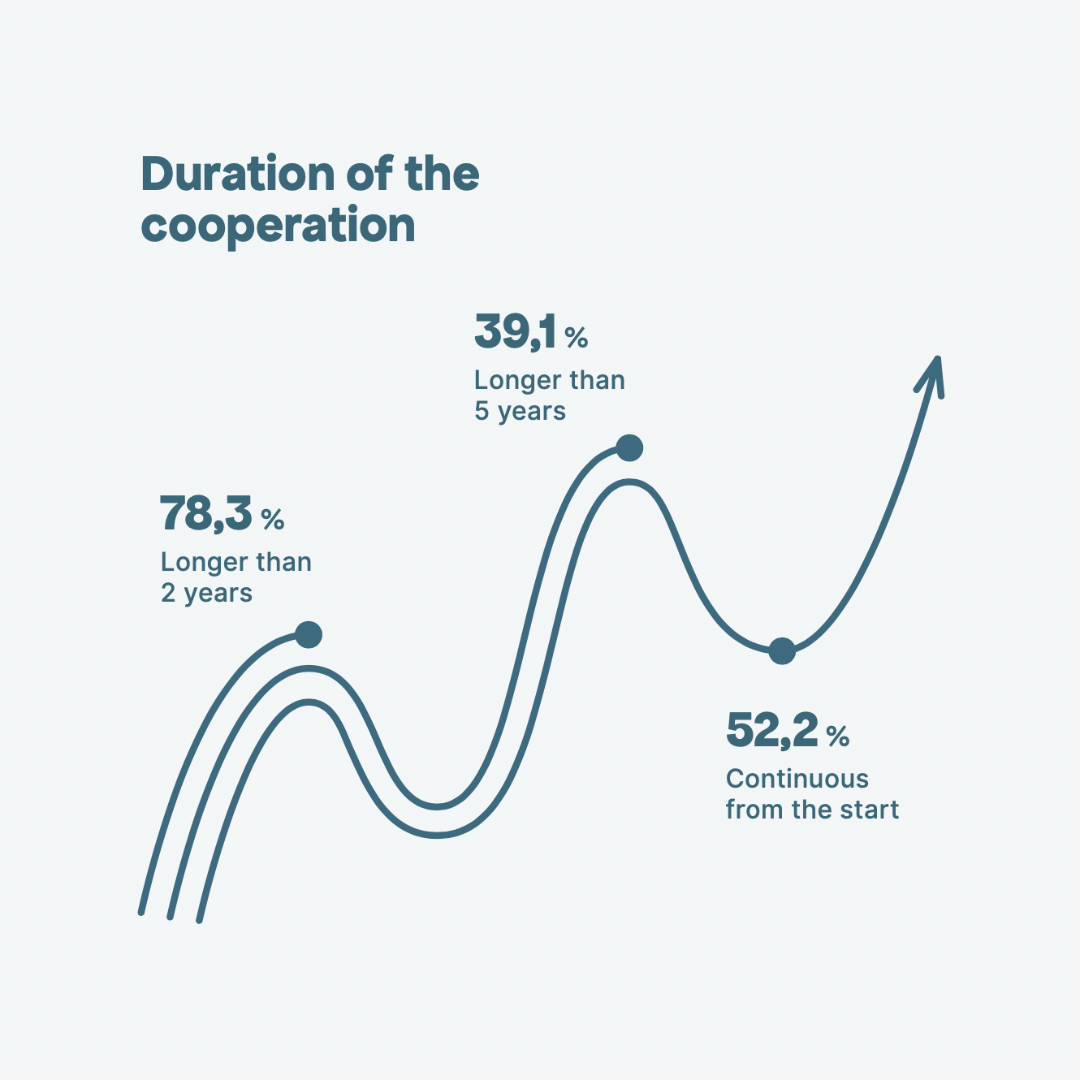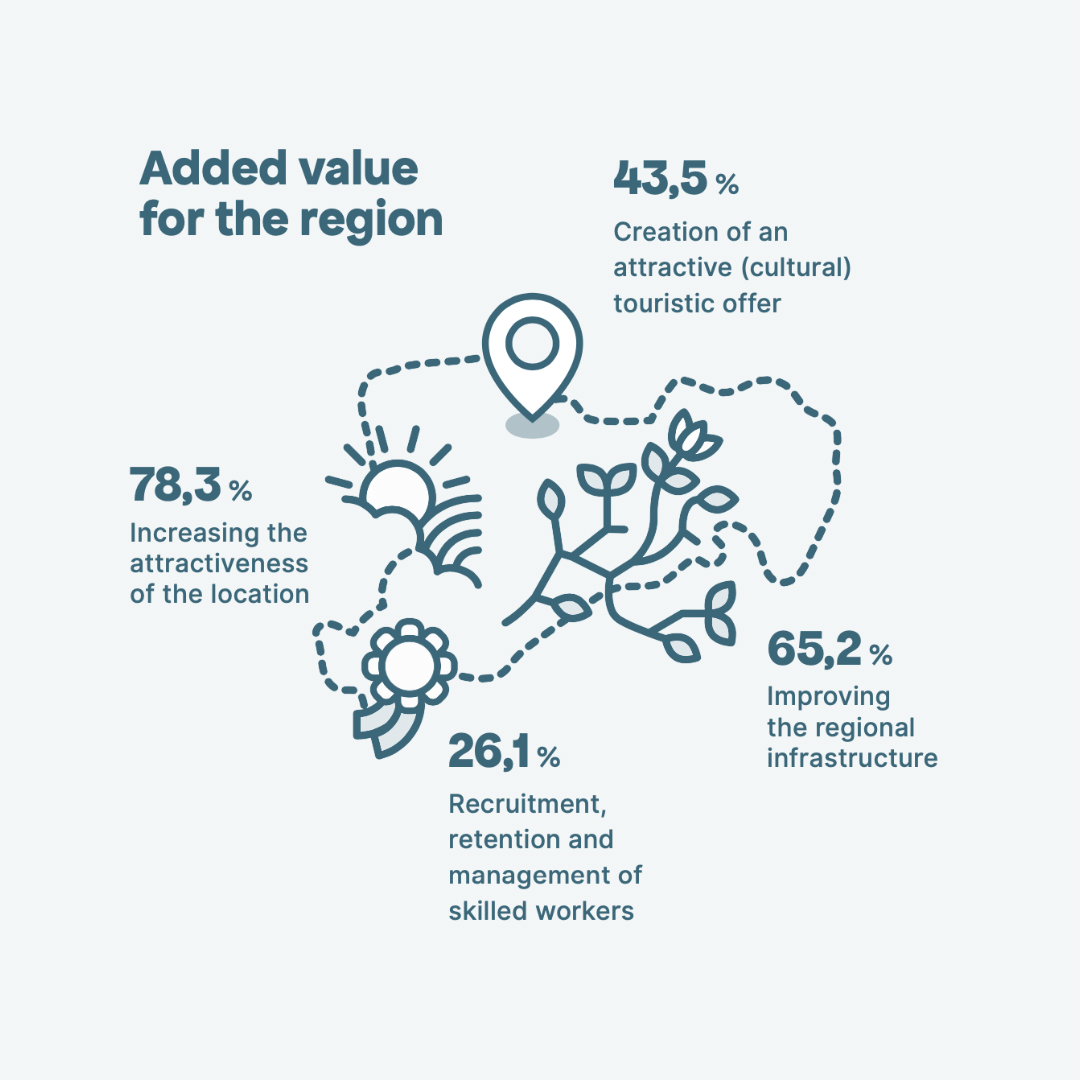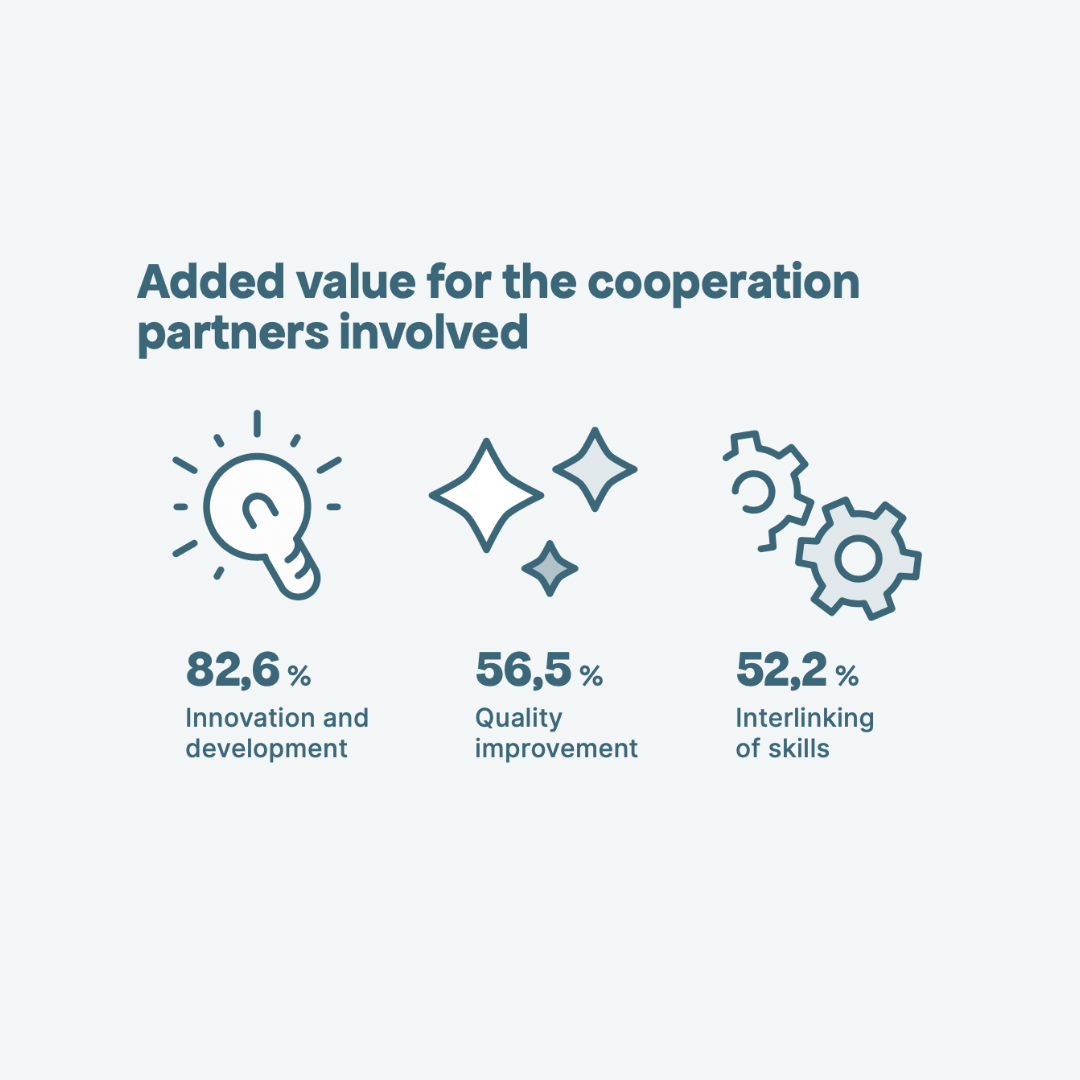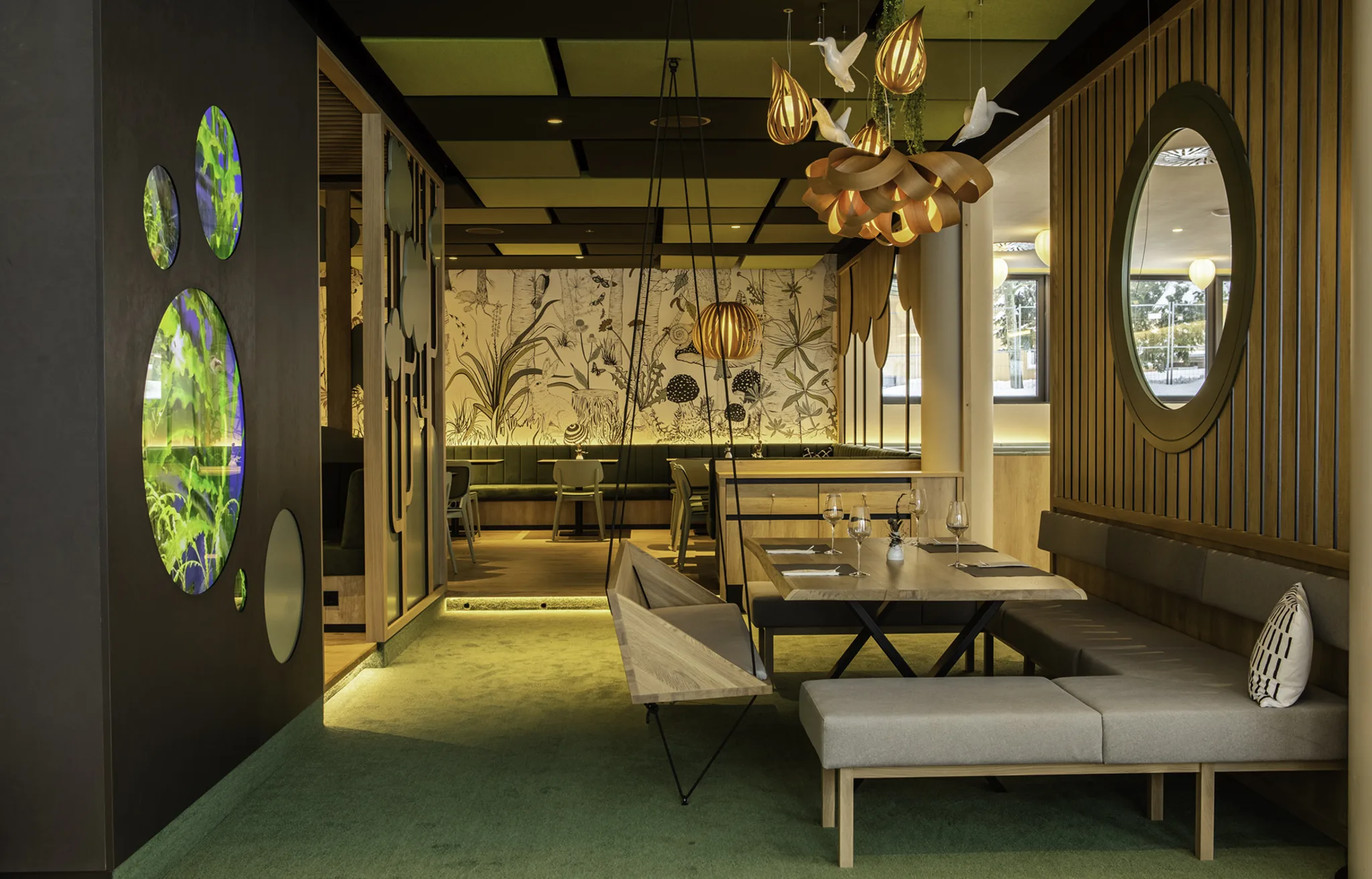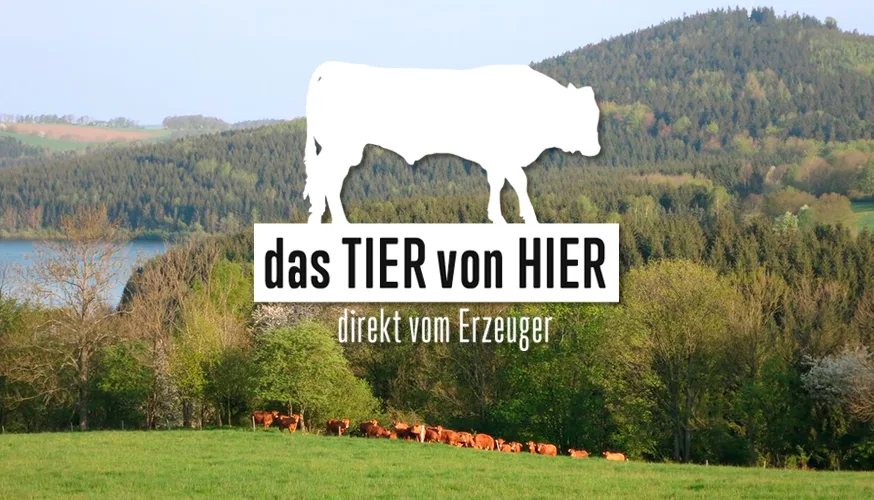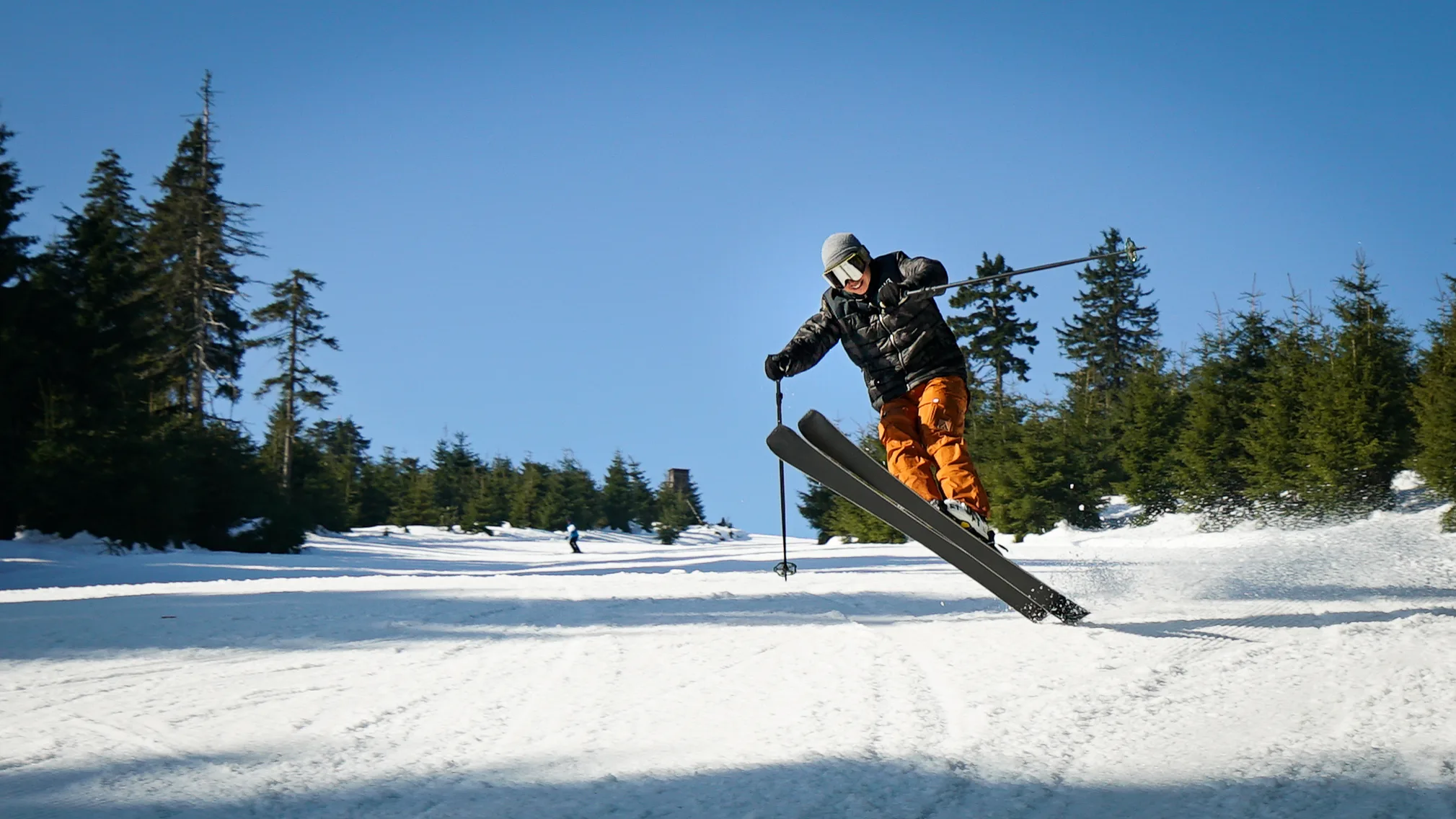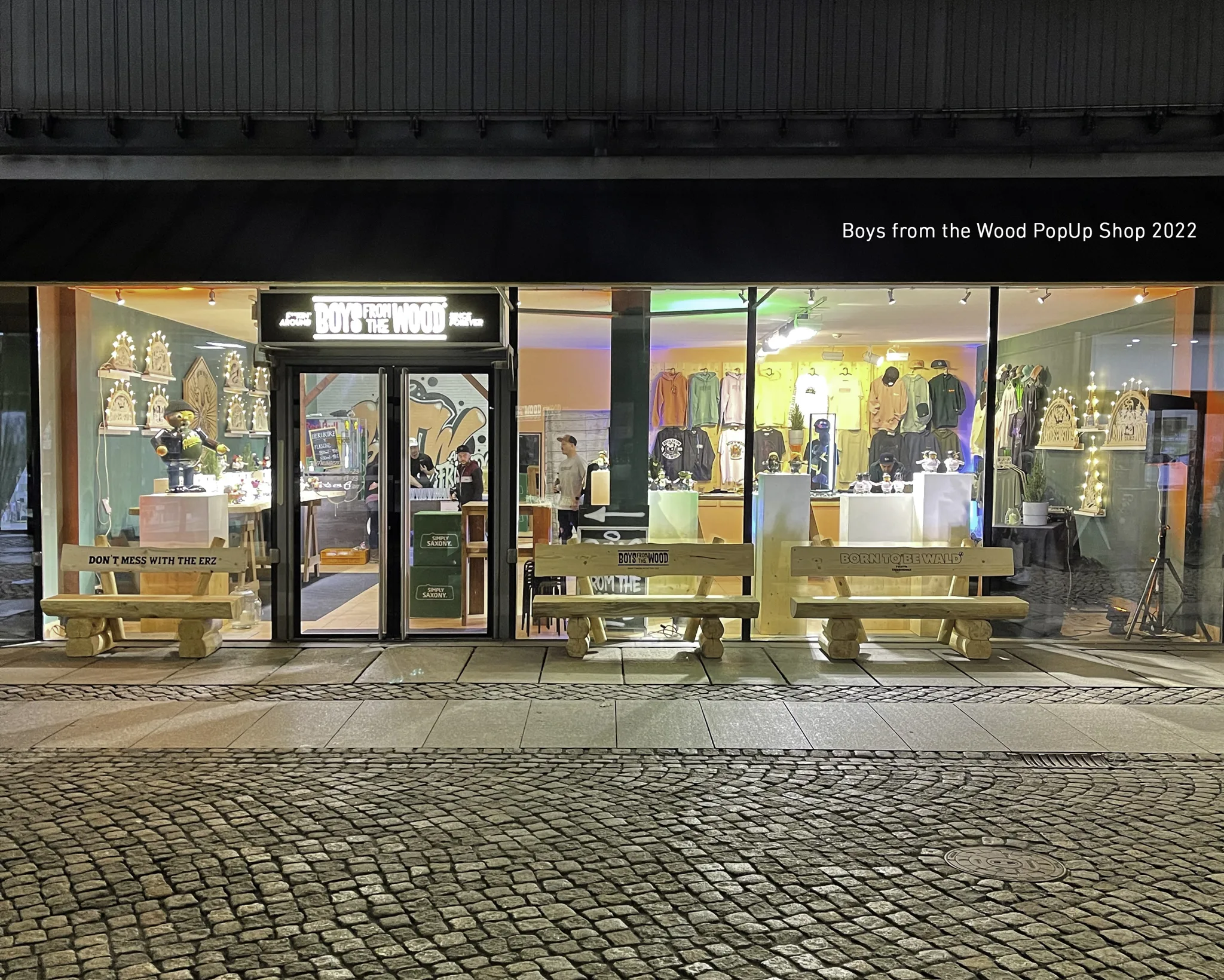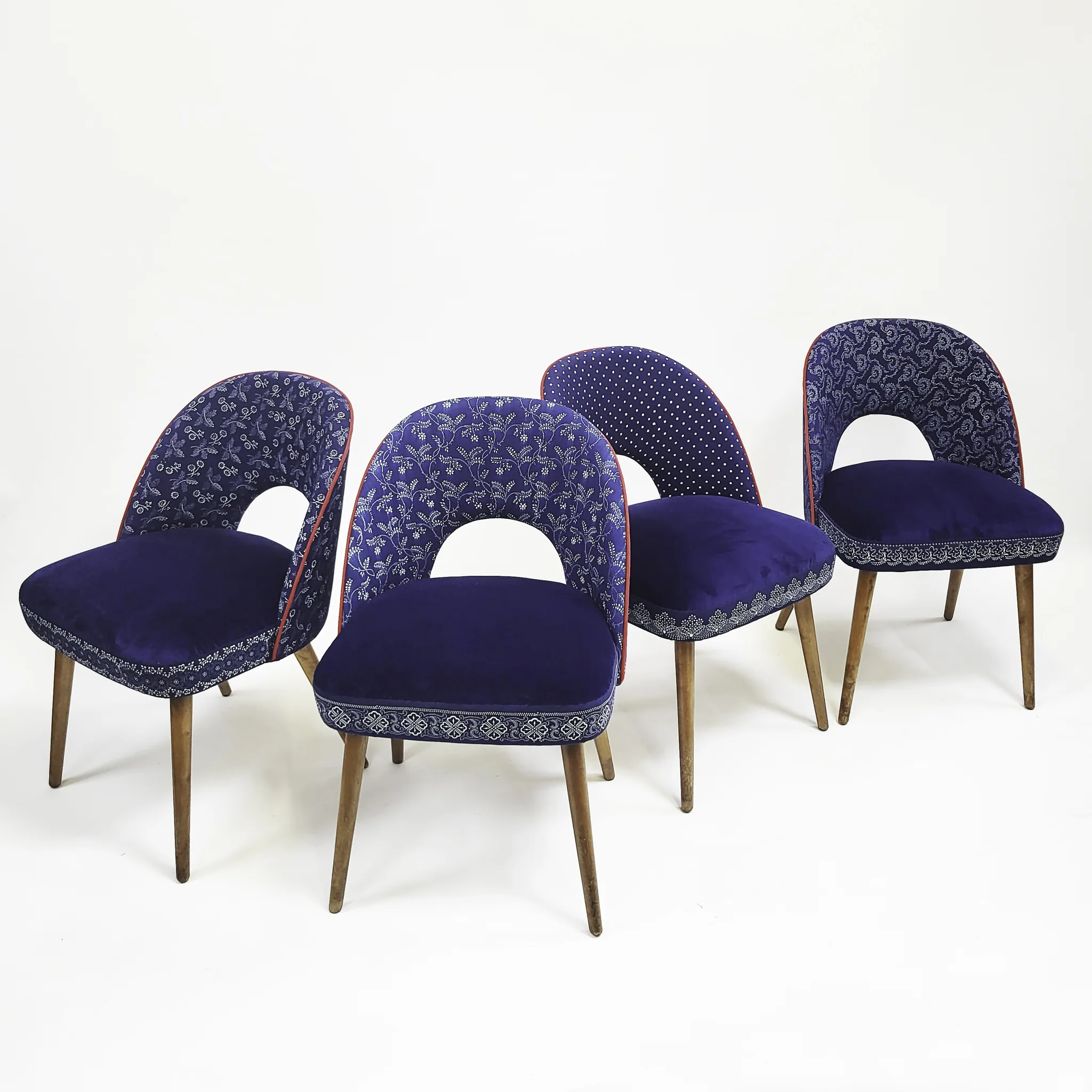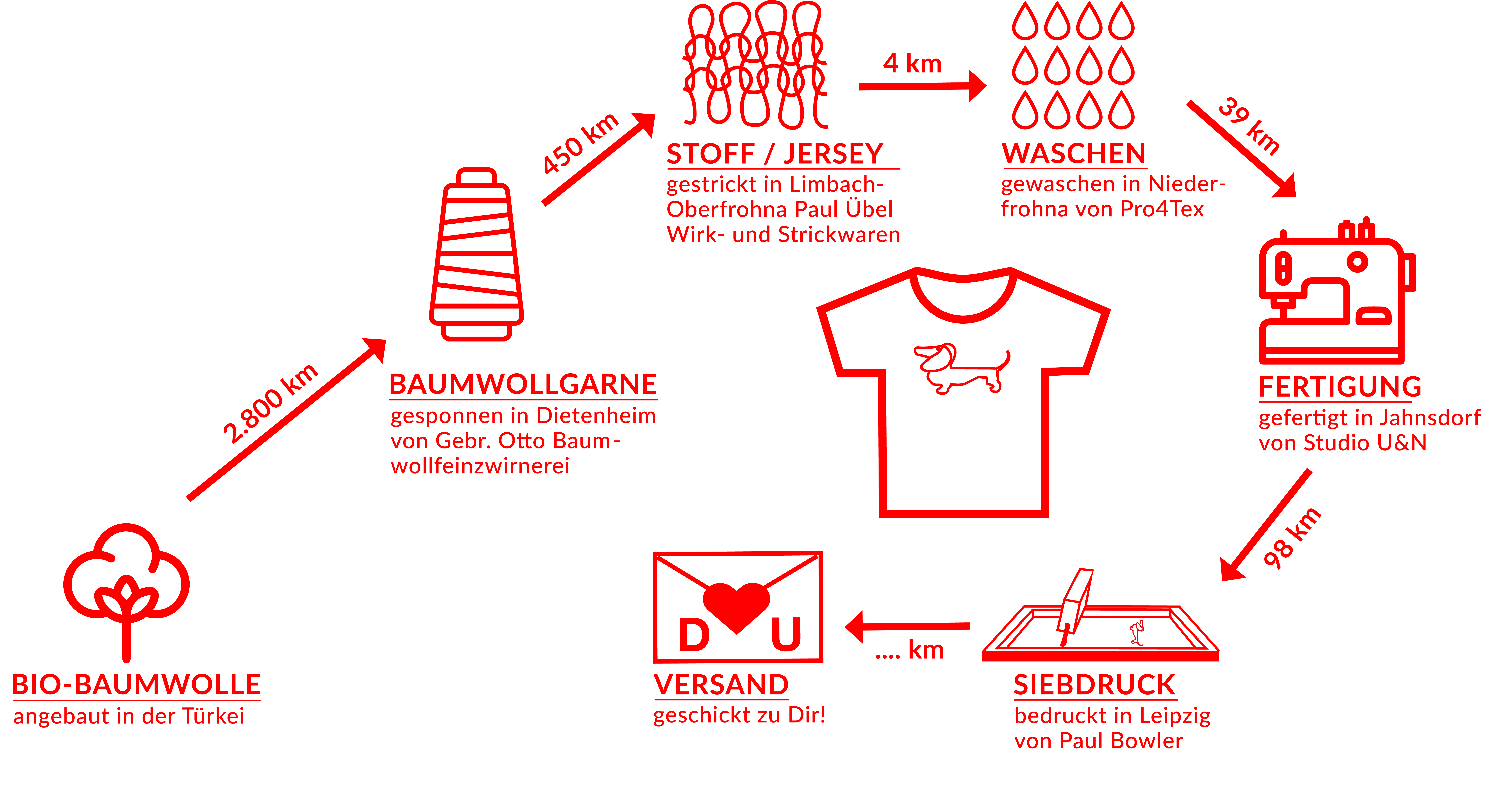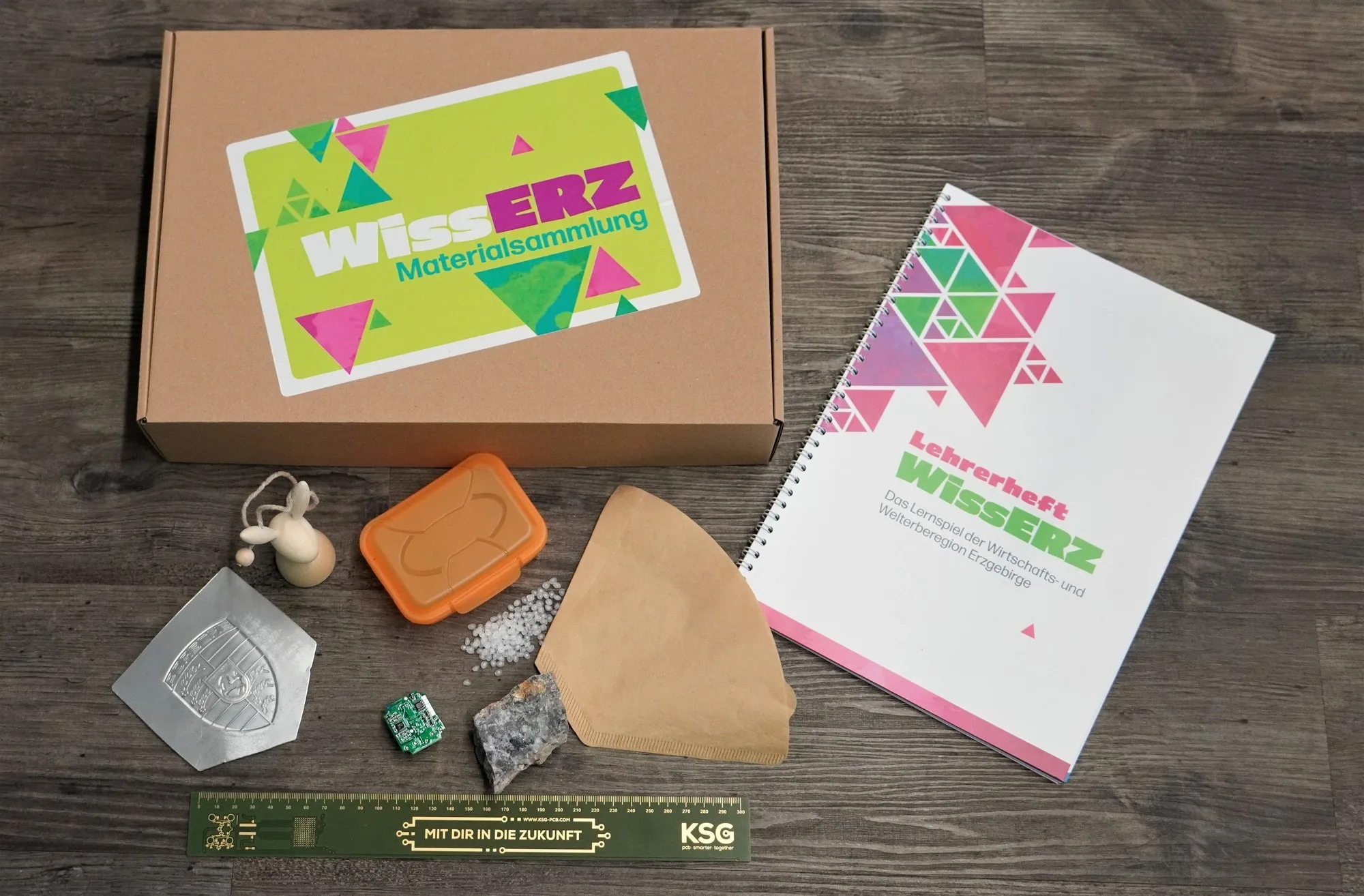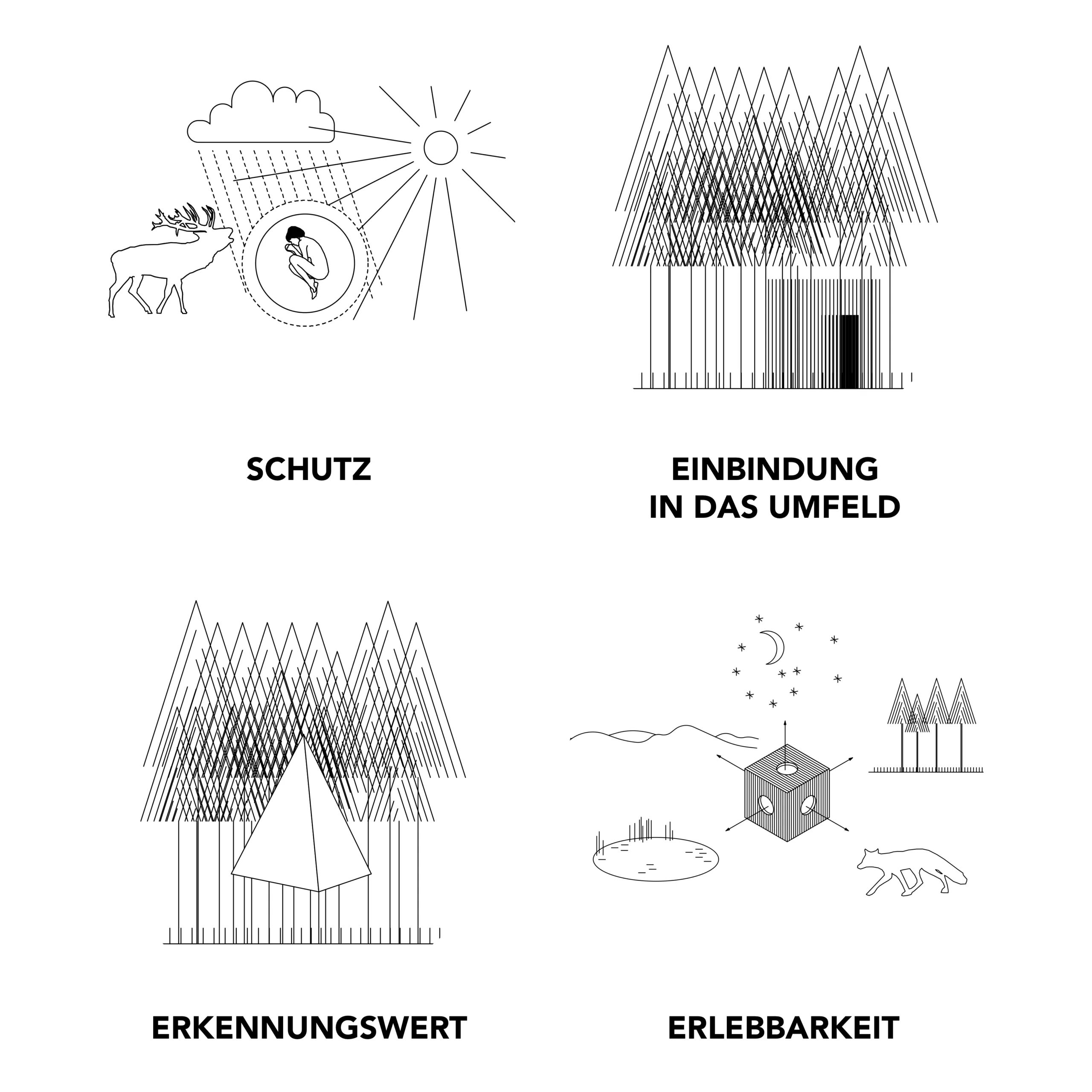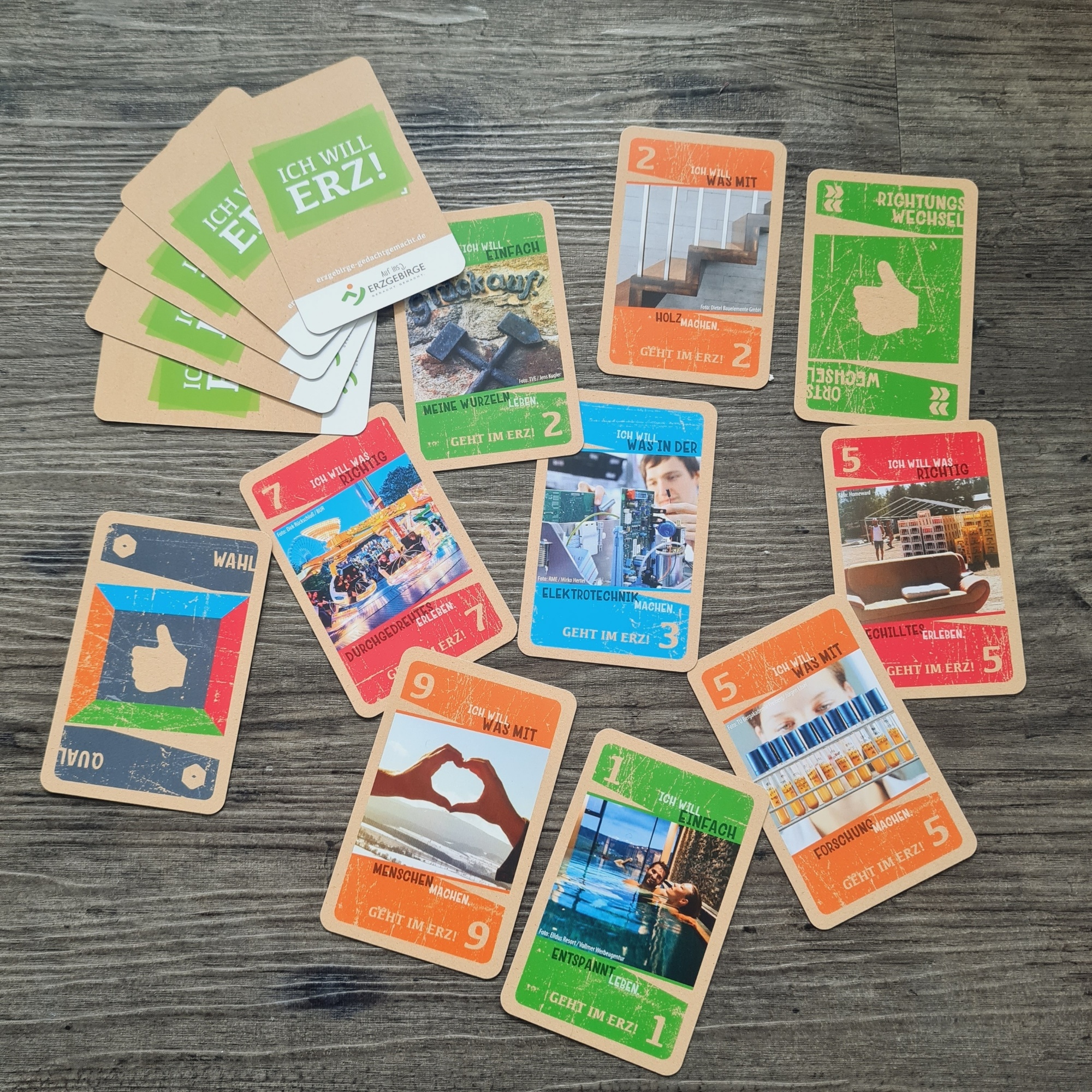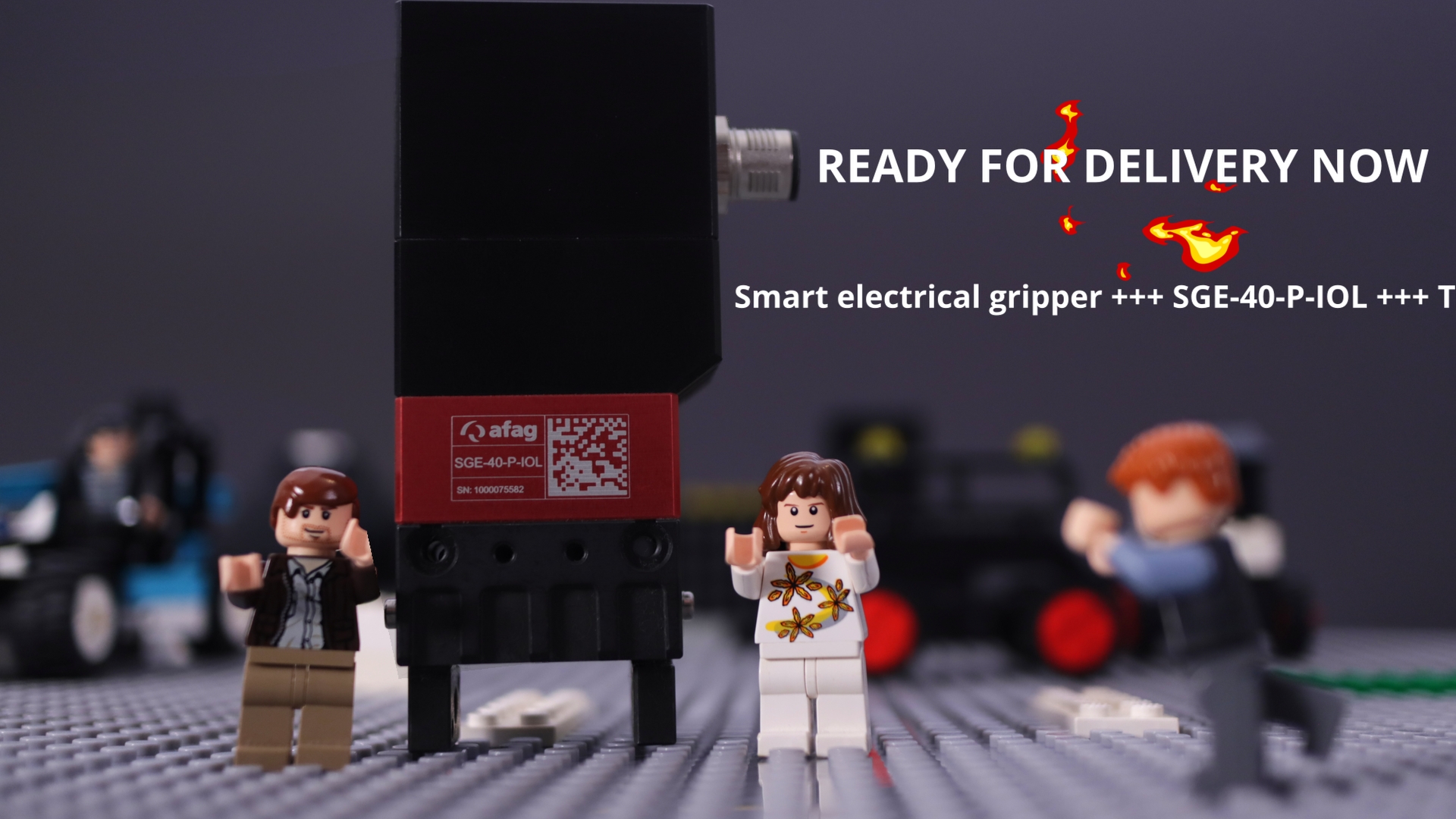EUROPEAN PERSPECTIVES
Together with the Saxon State Ministry for Regional Development KreativLandTransfer // European Perspectives strengthens rural regions and facilitates European knowledge transfer.
Throughout Europe, we find successful cooperations between the cultural and creative industries (CCIs) and small and medium-sized enterprises (SMEs) in rural regions. Their innovative and cross-sectoral approaches are presented on this platform.
Know-how report
CCI x SME
Take part
INNOVATION THROUGH COOPERATION
Based on the evaluation of the listings, the following learnings with regard to cross-industry cooperation between CCIs and SMEs in rural regions can be put forward:
The following graphics illustrate the basic findings of all the collaborations presented on the KreativLand Transfer – European Perspectives website:
Closing remarks
Cross-industry cooperation between CCIs and SMEs offers enormous potential for synergies, networking and value creation – for rural areas and beyond. These special forms of cooperation lay the foundations for innovation through constant and dynamic teamwork and often combine traditions with modern approaches. In this way, not only products and services are created but so are jobs and regions get shaped for the future.
Nevertheless, cross-industry collaborations between CCIs and SMEs are still lighthouse projects and pioneer work. It is worth investing in these, even if this form of cooperation requires more courage, openness, trust, time and patience than solutions that are sought purely within the company in the traditional way.
Support, advice, promotion and appreciation are therefore the elements that cross-industry collaborations between CCIs and SMEs will need more than ever in the future in order to develop, establish themselves and be accepted both internally and externally. Innovation is created through cooperation in which all participants learn from each other. In conclusion, cross-industry cooperation between the cultural and creative industries and small and medium-sized enterprises has the potential to open up positive and creative spaces in rural regions for years to come.


